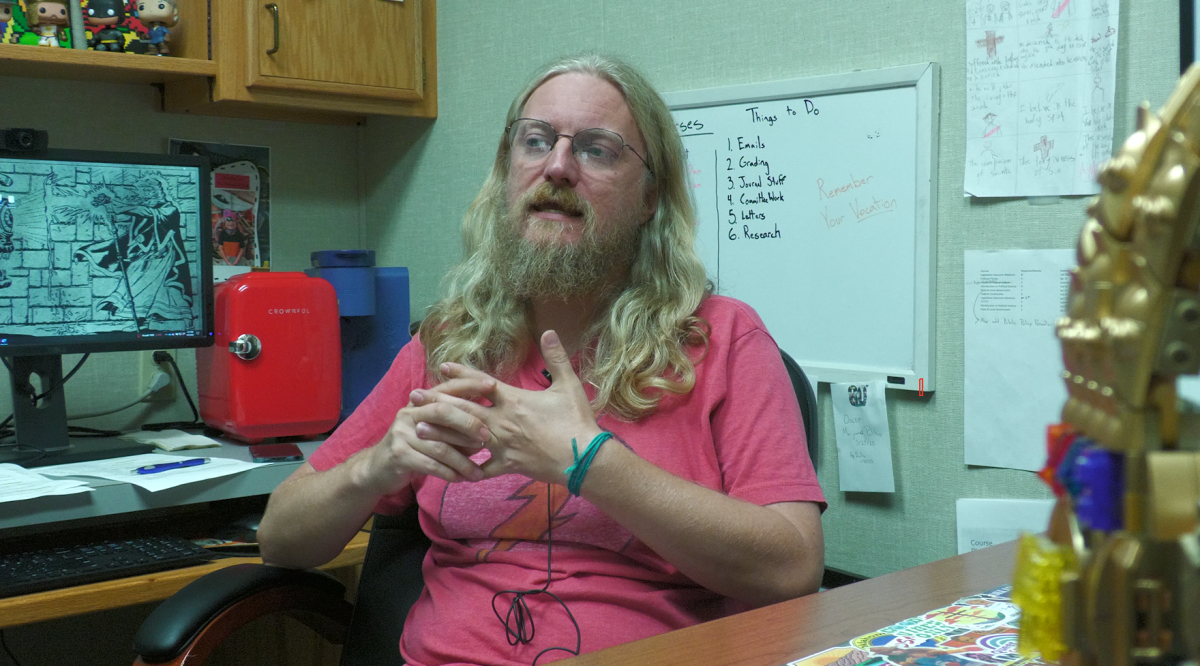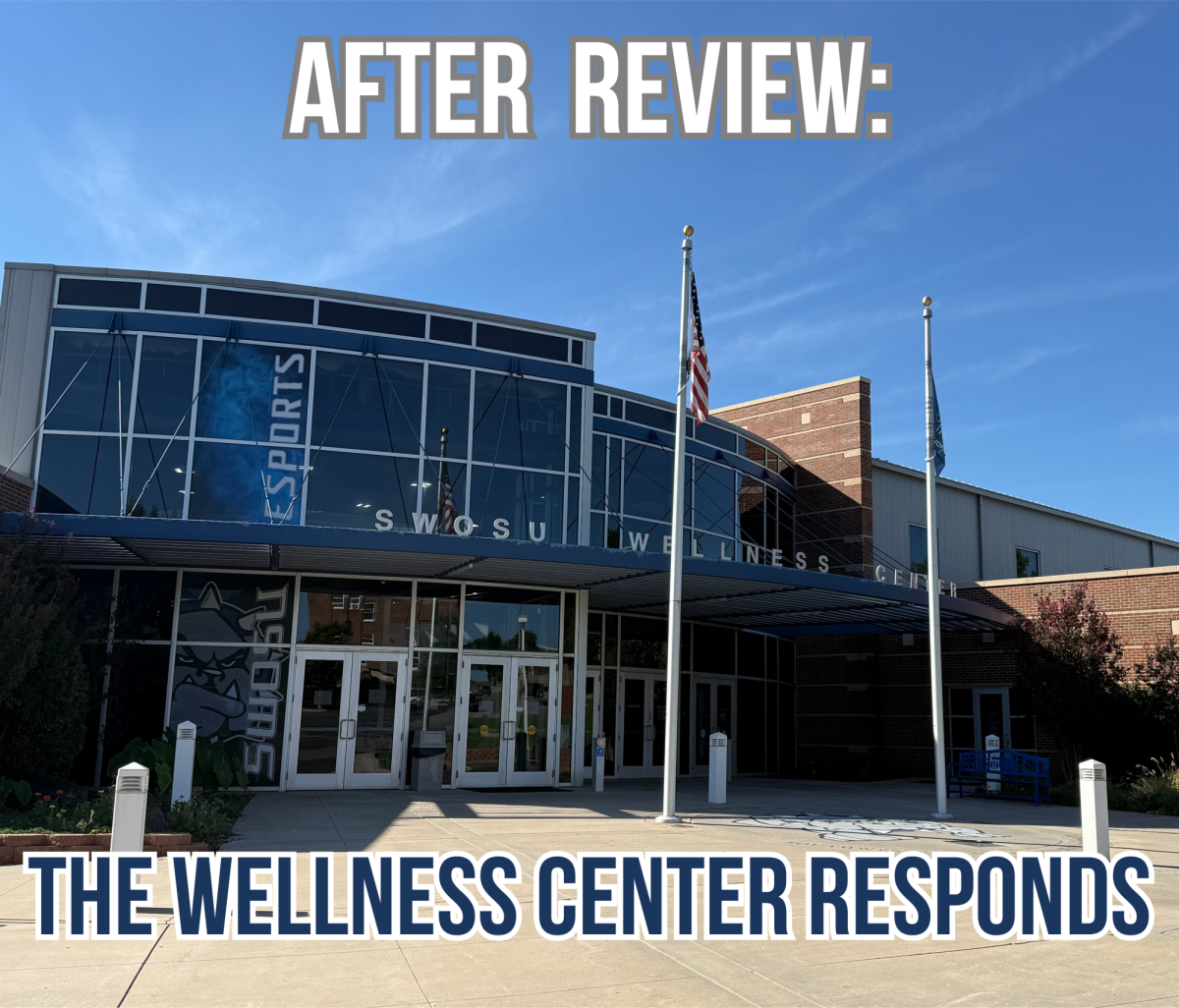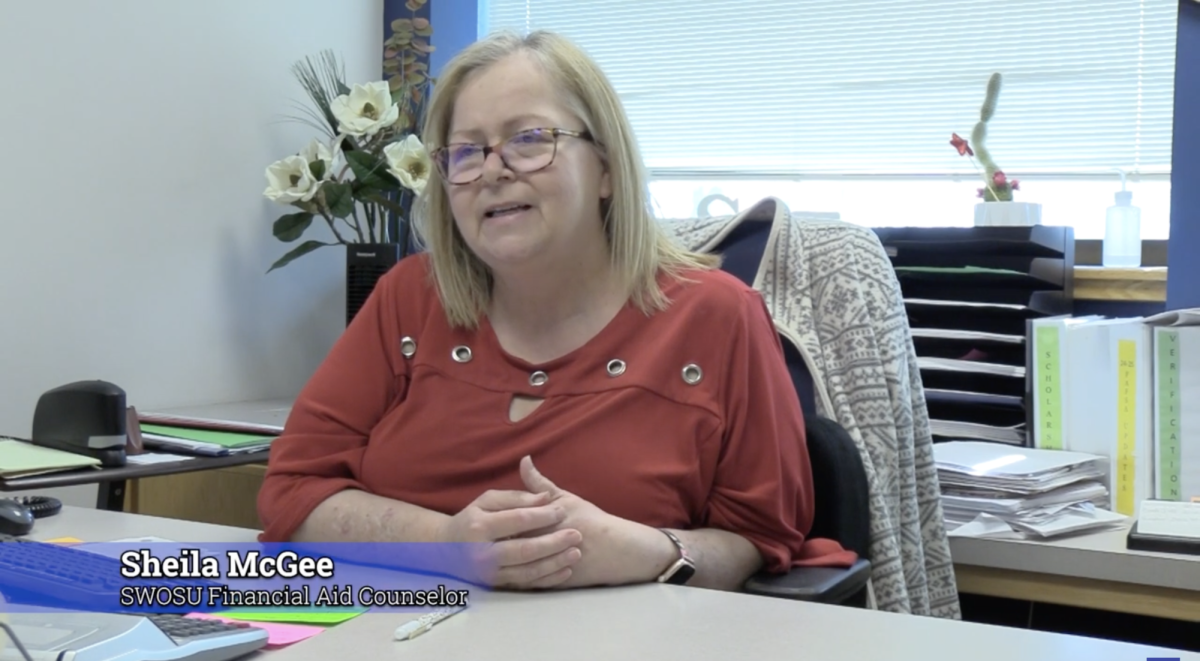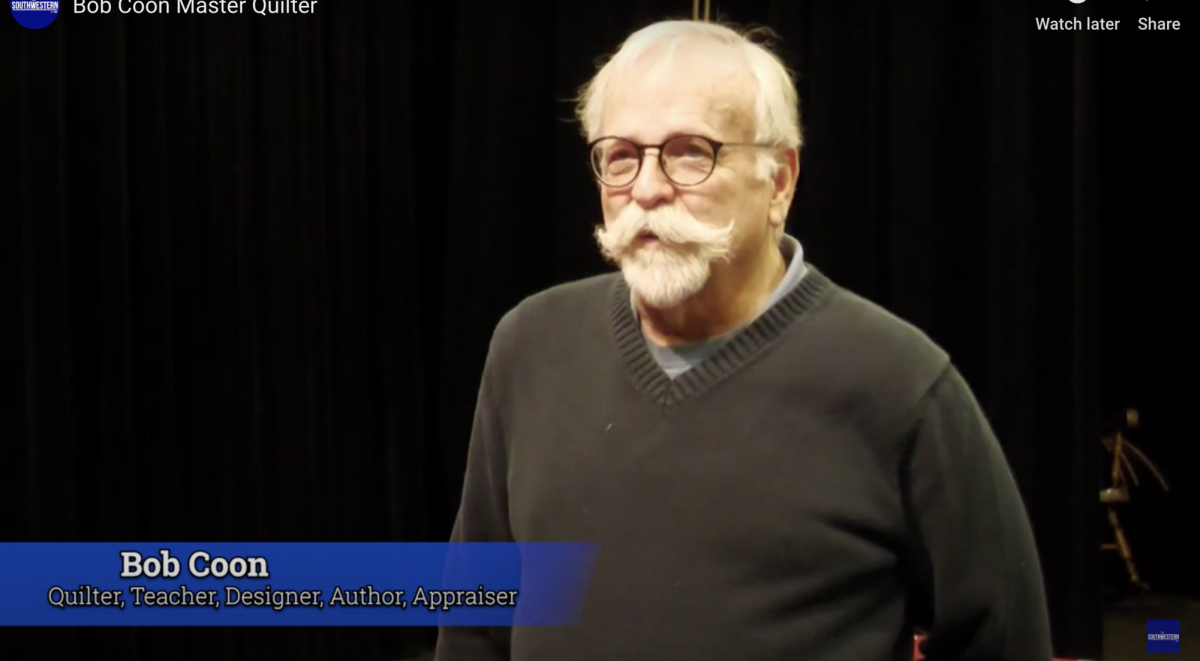Hopefully, you are registered to vote by now; if not, the deadline has passed. For those who are registered, hopefully, you plan to vote. I detailed why in part 2. Nowadays, there is so much banter on both sides of the political aisle, and we must understand how to make good decisions when voting, and why you are choosing a candidate/position.
In this seemingly divided world we’re living in, social media presents elections (especially presidential) as one way or another. It is important to make a decision based on your personal values and beliefs, and not simply follow that of a relative/friend.
Assistant Professor of Political Science Dr. David Searcy explains it is a challenging process, but outlines a way to make a decision.
“Being informed can seem like a daunting process, but there’s a shortcut. Find the one or one, two or three issues you care the most about,” Dr. Searcy said. “You should be able to identify that. For different people, it’s gonna be different things, but find the ones you care the most about, and research what the candidates have to say on those specific things.”
How should students navigate the media to find information about candidates and their viewpoints?
“So there are nonpartisan or bipartisan groups out there that will try and synthesize things (More on these later on). I would say that you can use those, but maybe a better way to do it, particularly if you’re focused on one or two issues, and you know which way you care about those issues, look [at their speeches]… on YouTube or TikTok,” Dr. Searcy said. “Look at that, see what Kamala or Trump have to say in their own words. And look, I mean, they’re gonna put the best possible spin on their own opinion, right? But at the very least, if you know ‘I care about x in this direction,’ you’re going to be able to find some good information.”
Let’s say you find/know which way you will be voting. Political discussions may arise, and that’s good! But Dr. Searcy outlined some helpful information for how to approach these conversations:
“A lot of people think of these things as trying to find the biggest Trump supporter, the biggest Harris supporter, and trying to change their mind. Don’t think of it in those terms. Think of it in terms of finding someone who’s not paying attention or who doesn’t think it’s important or that and try and convince them, not necessarily just to your side, but convince them to participate,” Dr. Searcy said.
However, if discussions do become about policy, there is a good way to go about that.
“If you do talk to somebody and you’re having a discussion about policy, again try to keep it civil, try to assume the best of your political opponent is a good starting point. Try to assume that the person I’m talking to, we may disagree, but we both want what’s best for America. We just have different visions on how we get there,” Dr. Searcy said. “But there are going to be sometimes, and some people who are just going to be hostile. Know when to walk away. Don’t stress yourself out. Be able to say, ‘You know what, we’re just gonna disagree on this and walk away.’”
For researching political information online, I have found it helpful to use Bipartisan/nonpartisan sources as Dr. Searcy mentioned. I prefer to use Allsides.com. It presents a headline/topic, then it outlines the viewpoint from media sources that skew left, right, and those that don’t skew either way. Specifically for the election, the site presents voter guides.
Remember to make an educated choice when choosing who to vote for. But most importantly, remember to get out to vote next Tuesday, November 5th!














